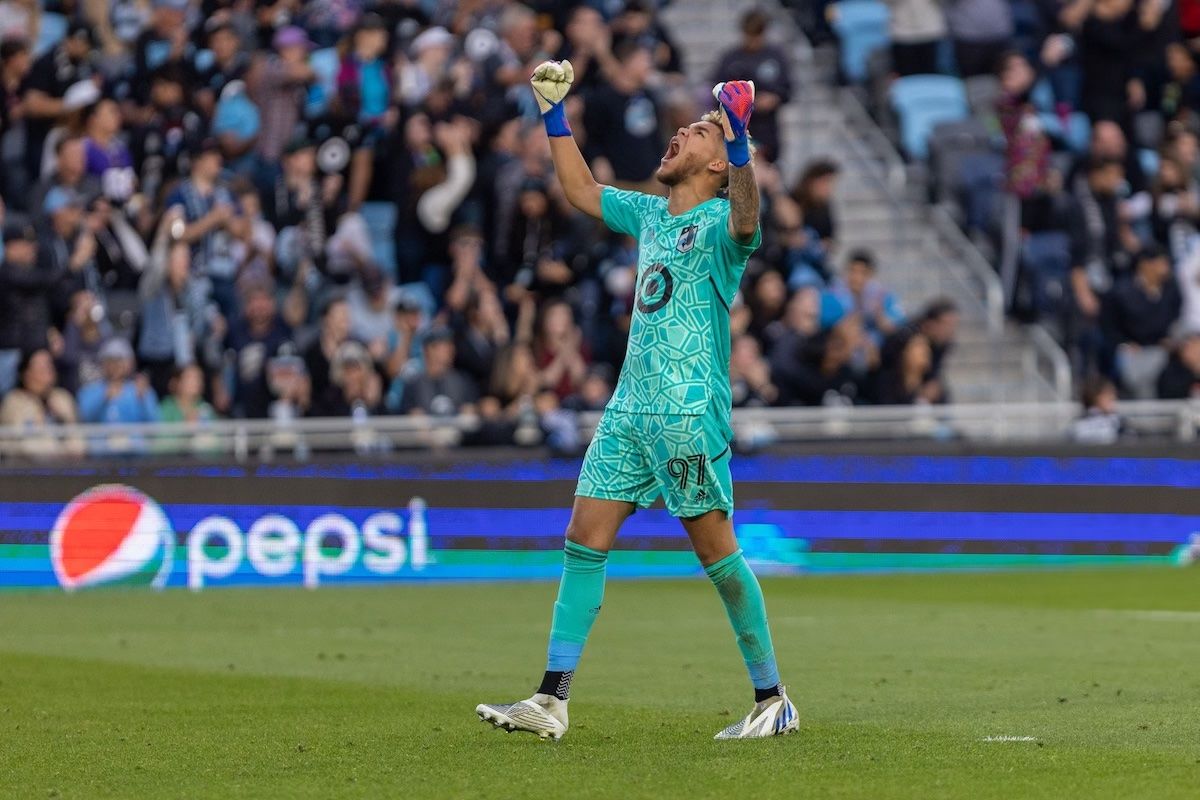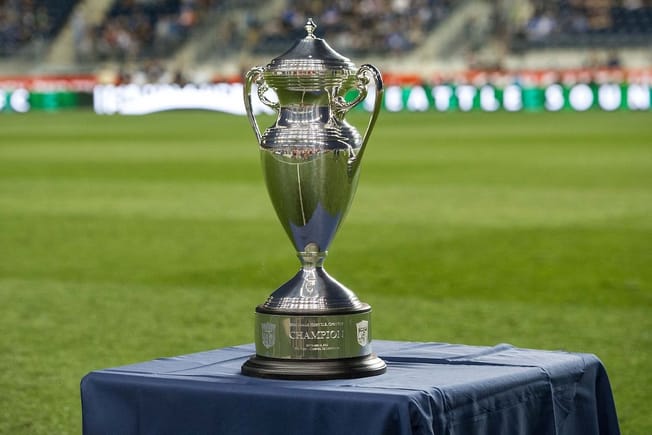Quick Hits
- After Sunday’s MLS Decision Day, the 2022 regular season is officially in the books
- But how did it compare to last season? Using data from Second Spectrum, we’re going to look at how 2022 ranks in a few different statistical categories relative to 2021
This is an excerpt from Monday’s Weekend Recap. Subscribe to our free newsletter to get future editions of the Weekend Recap delivered right to your inbox.
Another day, another MLS season. After Sunday’s Decision Day, the 2022 regular season is in the books. Hopes were dashed. Dreams were crushed. Champagne was popped. It was, in so many ways, as truly wild as all MLS seasons should be. But how did it compare to last season? Using data from Second Spectrum, we’re going to look at how 2022 ranks in a few different statistical categories relative to 2021.
Let’s get to it.
MORE SCORING
Goals, much like inflation, are up this year. Per 2S, MLS games averaged 2.89 goals in 2022. Last year? Just 2.67. I know that doesn’t sound like a massive uptick, but it’s just over an 8% increase. That’s not nothing!
We can all thank the Philadelphia Union for their contributions in this area. Philly had another big win on Sunday, beating Toronto FC 4-0 to secure their spot on top of the Eastern Conference. This year’s regular season wasn’t without its occasional dull moment, but for the most part, there was more action than there was last year.
Have a hit, Daniel Gazdag! 💫#DOOP // #DecisionDay pic.twitter.com/vgVodNVl1G
— Major League Soccer (@MLS) October 9, 2022
SMARTER SHOTS
There are a number of factors that go into goalscoring and efficient attacking moves – at least one of those factors is getting the ball close to the goal and away from defenders before you shoot.
Crazy, I know.
By and large, MLS teams did a better job of taking smarter shots in 2022 than they did in 2021. According to 2S, teams shot less this year than they did last year, but created more expected goals per game. They also averaged 0.11 xG per shot (compared to 0.10 xG per shot in 2021) and took shots from an average of 15.6 meters (compared to 15.8 in 2021).
Finally, teams did a better job of taking defenders out of the equation on shots this year. Or defenders did a worse job of actually defending this year. Either way, teams averaged 2.74 meters between the shooter and the closest defender in 2022, compared to 2.69 in 2021.
If you’re looking to explain why there were more goals this year, shot selection is a good place to start.
BACK THREES GO OUT OF STYLE
Last year, everybody and their brother played with three center backs. This year? Not so much. According to 2S, possessions where the attacking team used a three-at-the-back shape went from 70.7 per game in 2021 to 48.1 per game in 2022.
It’s not too hard to pinpoint some of the reasons why that number has dropped this year. Brian Schmetzer and the Seattle Sounders used a back three religiously last year. That largely stopped this year. The same thing goes for LAFC, DC United, and a handful of other teams in MLS this year. Some teams that became synonymous with three back shapes have kept at it this year (looking at you CF Montreal).
But like with many other parts of soccer, styles and formations come and go.
PRESSING IS IN
Teams got after it with their pressing this year. Per 2S, teams averaged 679.5 pressures per game in 2022, compared with 645.5 in 2021. That’s a big jump. When you zoom in a little more, you also see that teams averaged a significantly higher number of pressures in the final third per game this year, too (160.3 in 2022, 150.8 in 2021).
Teams counter pressed more this year, as well. Thanks to the Red Bulls being the, uh, Red Bulls, Toronto FC, FC Cincinnati, and the Vancouver Whitecaps pressing way more, the league got a little more aggressive in 2022.







Comments